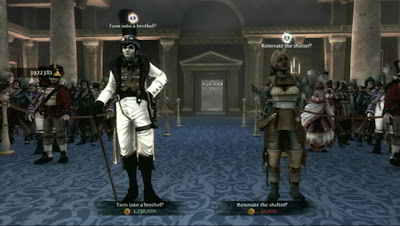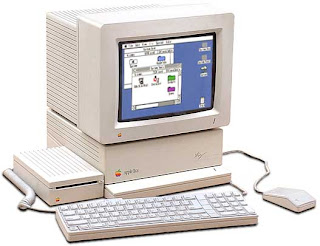Throughout the time of re-imaging 'Zork', There were some existing forms of media that inspired my to take certain directions with my ideas. I really wanted my game to not to have one specific genre, not as in game play style but as a general 'style'. I really took to the idea of giving the player multiple genres to explore instead of one. I cannot seem to think of a game that uses multiple dimensions to explore, they always seem to be one specific genre, whether it a western, Sci Fi, horror etc. However, with such media as Movies, this theme is adopted more frequently. It was those ideas that made me question why it wasn't already used within the gaming industry, as surely giving the player a variety of genres to play, it not only makes the game unpredictable, but unique and exciting! nothing will ever be the same.
Sucker Punch 2011 [Zack Snyder] is a film that gained an enormous amount of attention for it's innovation of presenting multiple genres into one. The film itself was about a young troubled girl, who was falsely accused of crime and being mentally unstable, resulting in her to be homed within a mental institution. However within this hospital, she found herself unable to escape from her accusations, suffering from sadness and depression. She is then abused to perform as a 'dancer' with other girls within the institution. She makes close bonds with the other girls and discovers a method of dancing where she finally feels 'free'. It is here where she mentally transports herself to a variety of worlds where she becomes strong and brave. Each imagination changes for her as she develops the strength with her depression. Having seen the movie myself, it is a very immersive to watch as it is constantly unpredictable, unique and extremely exciting. It was nice to experience different worlds within the movie, how they changed in atmosphere, how the characters and other elements changed, from simple props to even sound. Nothing stays the same, you always felt on the edge of your seat, taking on every new environment with extreme interest, nothing ever got boring! it was always dynamic.
"Your mind can set you free" [Admired quote from the movie trailer]
Here is a selected trailer from Sucker Punch that shows the initial narrative of the story, alongside the imaginative worlds:
Here are also some images from the movie:
Splinter Cell Conviction
Splinter Cell Conviction uses heavy emphasis on tyopgrahy within the environment. Within the original Zokr game, text was used to narrate everything including combat, movement and interactions. In Splinter Cell Conviction, that game uses text to introduce tasks or goals to the player. I really like this idea from how a conetmporary game uses a simliar aesthetic to a game as old as Zork. Instead of just informing the player through dialogue or small text on the side of the screen. Splinter Cell includes text written objectives on a grand scale within the environment. This method is not only visually effective, but it also informs the player on their missions/targets, So the player is encouraged to the point of interest and it also is an easier more impressive way to represent a direction. Within the gameplay itself, although the game specifically tells you do something, there are multiple ways you can approach the task. For example, inflitrating a mission could be written onthe building itself within the distance, informing the player of their next destination. However, how they 'infiltrate' the building is entirely to the player's choice. You can stay stealthy, go through back windows, hidden passages or you can go in through the front door. Although that is slightly too obvious for the stealthy genre that Splinter Cell is, this game ALWAYS gives the player different routes to take towards a goal.
I really like to use a similar element within my re-imagination project. Using text not only keeps a nostalgic aesthetic from the original 'Zork', but it will be used in a contemporary way that will benefit game play within my game.
Here are some images representing how text is used within Splinter Cell Convition:







































